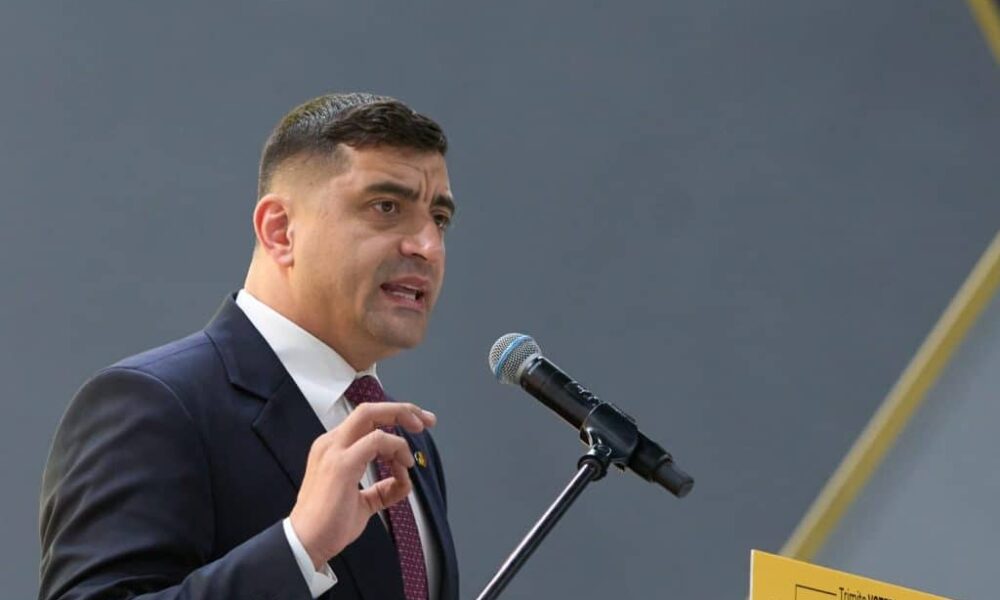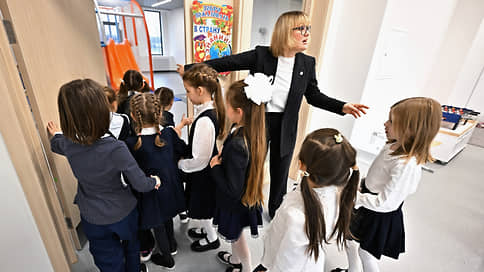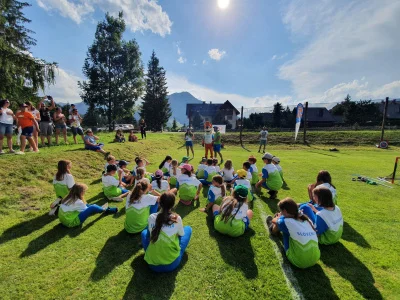Elisabeth Borne launches a « girls and math » plan – Liberation

« Take your place, we need you! » The Minister of National Education announced this Tuesday, May 6 in Les Echos May the government are launching a « girls and math » plan to attract more young women in training in engineering and digital trades. « There are only 25 % of girls » Who engage in these areas, regrets Elisabeth Borne.
According to the Minister, who will be on the move on Wednesday morning in a high school in Courbevoie (Hauts-de-Seine) in order to make the after-sales service of her announcement, this proportion « Stagnous since the early 2000s ». “The problem begins from primary school: at the entrance to CP, the taste of girls for math is equivalent to that of boys. But, from the end of the first quarter, there is a dropout at the expense of girls and a gap which then continues to widen throughout schooling ”, she deplores. This observation is therefore penalizing « For girls » but also « For our country ». « It is missing, per year, more than 20,000 engineers and 60,000 technicians »underlines the minister.
This new ministerial plan first emphasizes the awareness and training of teachers « From the start of the 2025 – primary school in high school ». « We will set up a two -hour awareness of gender biases, which will have to be carried out before September 15 by school heads or school directors who will have been trained beforehand. » More structurally, the government must also launch, from the start of the school year, « A training plan to prevent gender stereotypes in learning mathematics ». « We are inspired by an experiment carried out in the Academy of Amiens, consisting in analyzing the educational gestures. »
It is also known that boys raise their hands more than girls during mathematics. According to this same gender logic, on the school bulletin, a good student is generally described as « Conscientious », while its male equivalent will more easily tend to be qualified as« Brilliant student ». « We will display in all the teachers a charter recalling the points of vigilance to better prevent the reproduction of stereotypes. »
Then Elisabeth Borne wishes « Strengthen the place of girls in the lessons that open to these engineering and digital sector » asking « Heads and teachers to encourage girls to choose and keep this specialty, and take the Maths Experts option ». The objective is to have, by 2030, 30,000 more girls who choose the math specialty in first and keep it in final year – to go from 42 % to 50 % of girls. “And we want a first walk from the start of the 2025 school year, increasing in terms of 5,000, each year, by 2030. For the start of the 2025 school year, high school students are making their choices. We are going to ask the heads of the establishment to ensure to accompany and convince the undecided. ”
Asked about a possible fixing of quotas for the scientific preparatory classes, Elisabeth Borne refers to the last report of the general inspections, which recommends reaching at least 20 % of girls in each scientific preparatory class in 2026 and 30 % in 2030. The Minister says he takes up this objective on her own, without ever saying that it will indeed be quotas.
If the observation of the gap between the number of girls and boys in scientific sectors is not new, we must not forget that Lycée reform promoted then set up by Former Minister of National Education Jean-Michel Blanquer In 2019 further aggravated the phenomenon. As Mélanie Guanais, vice-president of the Mathematics of France, noted in A study published on March 7, 2024 in the university media The Conversationin absolute value, the number of scientific baccalaureates fell to the level of forty years ago.
After the reform, which made the practice of mathematics optional from the first, the share of baccalaureate holders choosing a scientific sector also dropped, but in very lower proportions than that of the bachelor. Result, a more and a half proportion larger of boys that girls incorporate a scientific sector, when they were only once and a half further reform.








